
By now we have all heard the letters R..t..I ( in case you have forgotten, they stand for Response to Intervention). So what is RtI? RtI is multi-tier approach to the early identification and support of students with learning and behavior needs. In the past, if a student failed a speech screening we would go straight to an evaluation to figure out what the areas of deficit were and if the student was eligible for services. For many SLPs that meant lots of testing and time. Now if a student fails a screening, they go through an RtI cycle first before an evaluation is deemed necessary.
The kids we see for RtI are the ones who are brought up to our PPST/STARS/RtI/Whatever acronym your student problem solving team uses. These are the students who are struggling in the classroom despite teacher implemented interventions ( reduced spelling list, more small group ). So which kiddos participate in RtI and how does this tiered system work? After a student is brought up with concerns and screened, you can determine if they need RtI inverventions. Something you will see all the time in RtI is the pyramid/triangle. This is a common graphic used to show the different levels of RtI service interventions and the populations that fit into them. I decided to revamp it a bit and make it more speechie related.

At the bottom on the pyramid/triangle we have Tier 1 with a whopping about 80% of the population. This tier is basically all gen. ed kiddos who are not receiving services. Tier 2 represents 15% of the population. These are students who are beginning to struggle in an area and need some mild support. For the most part, the teacher or an aide can take care of these students. They might implement more differentiated instruction, preferential seating, reduced spelling list, individual or small group re-teaching sessions, etc. I placed voice and articulation therapy in this tier. When a student is brought up for voice or articulation needs through RtI, they typically ( but not always, of course ) are fairly minor, therefore requiring more mild intervention supports. The 5 Minute Kids Articulation Program is the system I use for artic RtI, but more on that in Part 2.
Finally we have Tier 3. This tier represents roughly 5% of the population. These are the students who continue struggling even thought they have been getting Tier 2 supports. Tier 3 interventions are highly intensive and individualized. They typically lead to diagnostic assessments if progress isn’t seen. I placed RtI language, pragmatic, and fluency interventions into this tier since they are more intensive and restrictive than artic interventions.
Some things to keep in mind with RtI:
– There must be an academic or emotional impact demonstrated for the student to receive RtI services. There must be a need!
– One RtI cycle typically lasts 6-8 weeks.
– Keep data on everything! Develop one specific goal for the student to target for that time period and track the heck out of it.
Stay tuned for The SLP and RtI:Part 2… The How
For resources and more information on RtI check out the links below…
http://www.asha.org/slp/schools/prof-consult/RtoI/







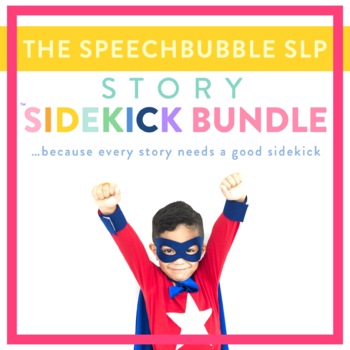
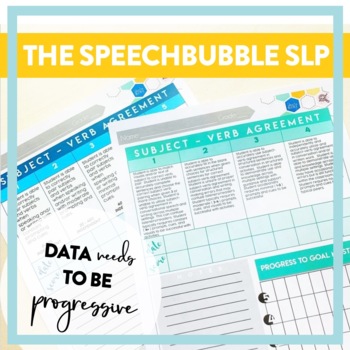
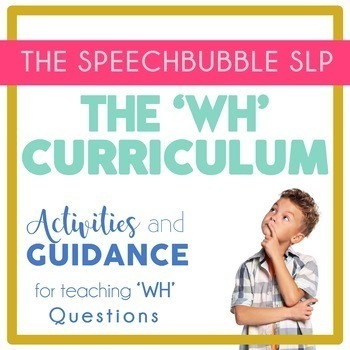


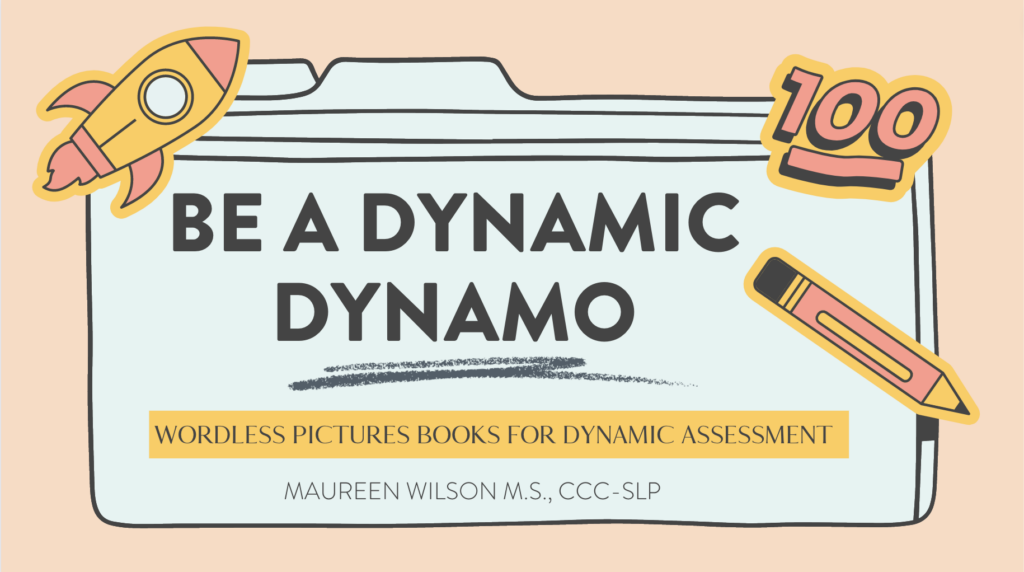
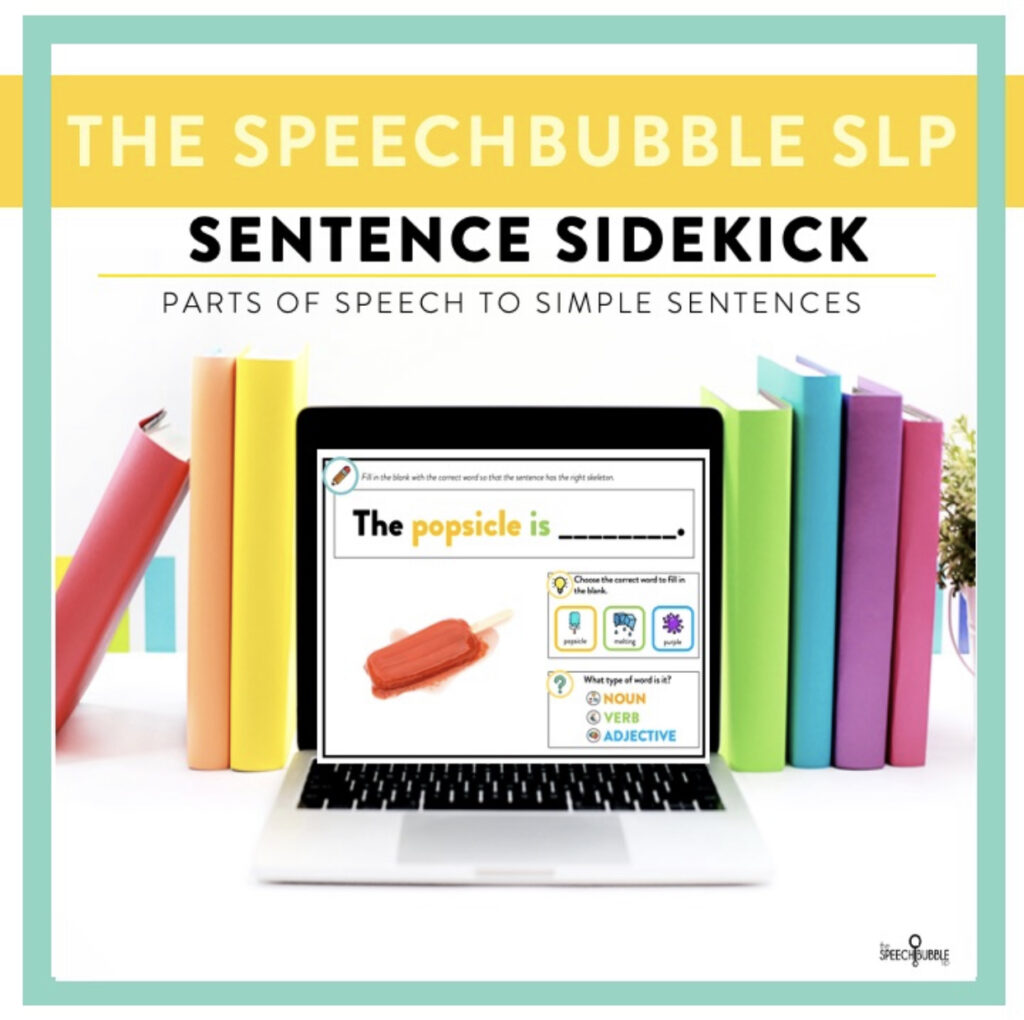

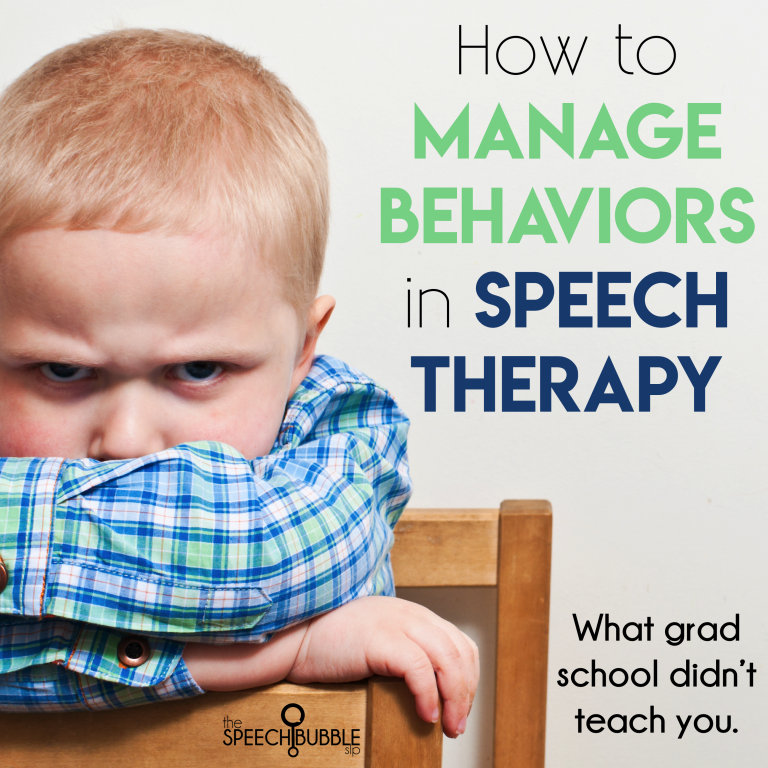
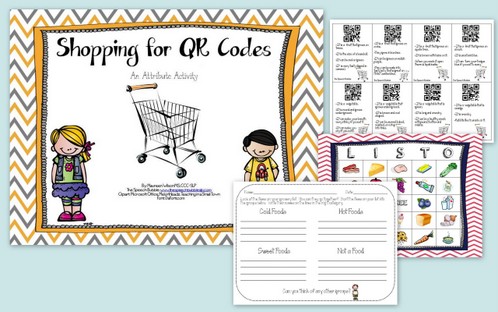

5 Responses
It’s really interesting to see how other states/districts do things. In FL, we separate speech and language completely, they are two different programs. We have to use RtI for concerns with language/reading. We have Tier 2 language interventions, moving to Tier 3 or eventually to referral for SpEd if interventions aren’t successful. I can do assessments at any time during this process to determine strengths/weaknesses. We don’t use RtI for speech (articulation, voice, fluency) at all.
It is interesting. In IL, at least in my district, we have to do an RtI cycle before any evaluation to prove and evaluation is needed. However, if it is an emergency we can cut the RtI cycle short and go right to an evaluation. Our district is attempting to shift to more of an inclusion model, so RtI for everything is our starting point. Our team handles the language/reading concerns too but artic,voice,and fluency can be brought straight to the SLP.
Thanks so much, Maureen. I love your revamped speechie pyramid. So good! I am looking forward to the 2nd part.
Thanks Erik 🙂